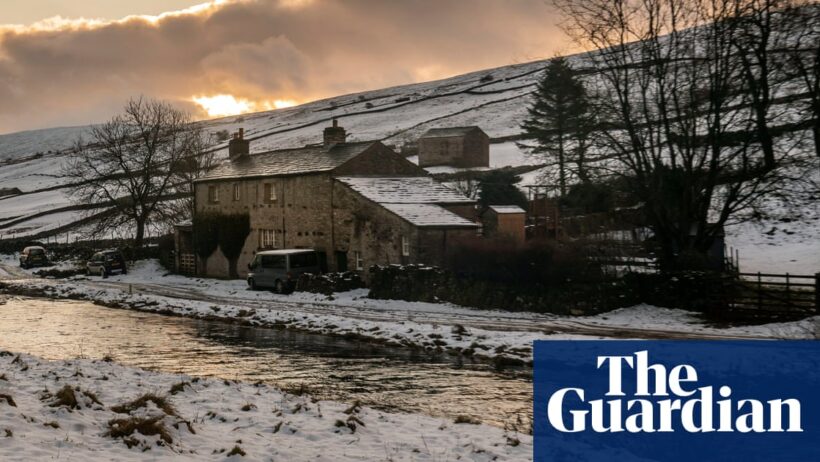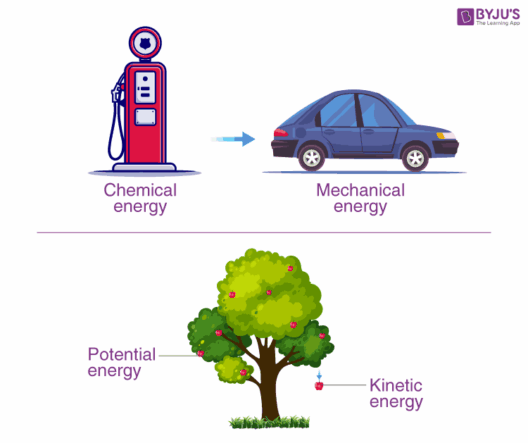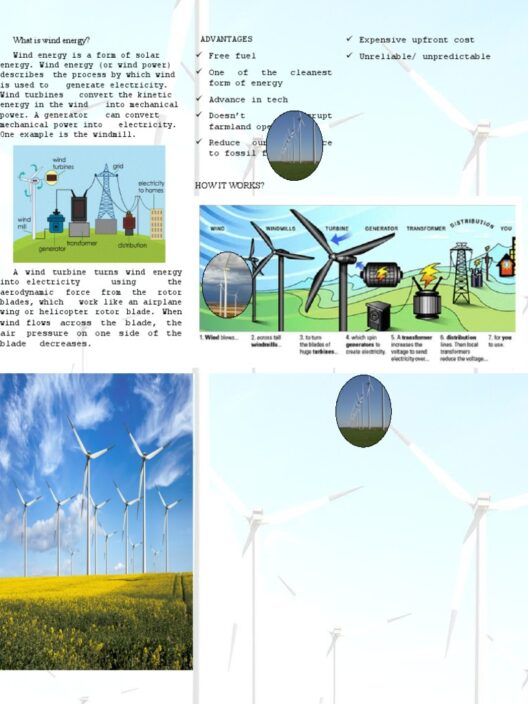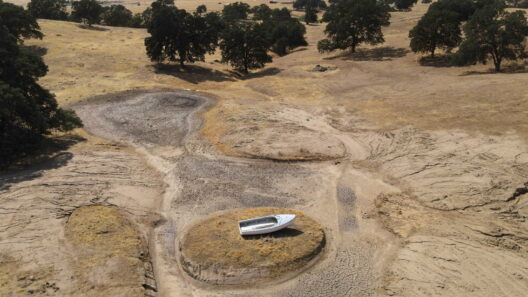Global warming has become one of the most pressing challenges of our time, reshaping ecosystems and climates around the world. The term itself conjures images of rising temperatures and melting glaciers, but paradoxically, it is poised to usher in a series of colder winters in some regions, particularly in Europe and North America. This phenomenon is a compelling intersection of meteorological science and climate dynamics, revealing the complexities of Earth’s system. Understanding this paradox is crucial for both policymakers and the public as we navigate the implications of our warming planet.
The interplay between global warming and fluctuating winter temperatures lies in a multifaceted series of interactions among atmospheric currents, oceanic conditions, and polar ice melt. At first glance, one might assume that increased overall temperatures would equate to a consistent rise in seasonal warmth. However, the reality is more intricate. One fundamental aspect to consider is how global warming affects the polar regions, leading to unforeseen consequences in temperate zones.
As warming continues, ice sheets in the Arctic are melting at an accelerating rate. This phenomenon has been linked to the weakening of the North Atlantic Drift, a crucial ocean current that helps regulate temperatures in Europe. The North Atlantic Drift is essential for transporting warmer waters from the tropics into higher latitudes. Reductions in this current’s strength can lead to cooler overall temperatures in Europe and North America, resulting in sporadic cold spells, and harsher winters, despite global temperature averages rising. The confluence of reduced oceanic heat and atmospheric variations can culminate in severe cold weather events, thus amplifying the winter chill.
Another dimension to this paradox involves the behavior of the polar vortex. The polar vortex is a large area of low pressure and cold air surrounding the poles. When stable, it encases the frigid Arctic air and keeps it contained. However, as warming influences the polar regions, the dynamics of this vortex can become erratic. A weakened or disrupted polar vortex may allow cold Arctic air to plunge southward into traditionally warmer areas. Such patterns could lead to extreme cold spells in regions unaccustomed to such brisk conditions, eliciting considerable discomfort and disruption.
It is critical to recognize that these transformations are not mere anomalies but rather embedded within the broader arc of climate change. The intensification of weather events, a phenomenon exacerbated by global warming, includes not only harsher winters but also erratic weather patterns, increased rainfall, and more extreme storm events. Consequently, populations may find themselves inadequately prepared for the abrupt temperature shifts and the challenges of increased precipitation.
Vulnerability and Preparedness: Communities on the Edge
The socioeconomic ramifications of colder winters in a warming world cannot be overstated. Regions ill-equipped to handle severe cold temperatures may face significant challenges, from infrastructure failures to increased heating costs for households. Indeed, the juxtaposition of a warming planet with the potential for colder winters could result in a form of climate injustice. Communities that lack sufficient resources to adapt to sudden temperature drops may suffer disproportionately. This reality underscores the urgent need for adaptive strategies that enhance community resilience to climatic fluctuations.
Policymakers must prioritize investment in improving insulation, bolstering energy security, and adapting urban planning to account for these shifts. Building materials and designs that enhance energy efficiency and minimize heat loss should be advocated as part of a comprehensive response to the looming threats of climate change. Proactive measures can mitigate the negative impacts of colder winters on vulnerable populations, ensuring that all communities are prepared for the unpredictable future that awaits us.
Bridging the Gap: Education and Awareness
Education plays a pivotal role in helping individuals and communities understand the complexities of climate dynamics. By fostering a deeper comprehension of global warming’s multifaceted effects, societies can cultivate a more informed public that demands action. Educational initiatives must encompass both the science behind climate change and the social responsibilities that accompany it. This informed populace will be better equipped to advocate for sustainable practices, demand solutions, and hold policymakers accountable for climate initiatives.
Furthermore, public awareness campaigns can be instrumental in altering consumer behavior, driving the demand for greener practices. Shifting towards eco-friendly lifestyles not only aligns with global climate goals but also prepares communities for the realities of fluctuating weather patterns.
The Scientific Community: Emerging Research and Innovations
Research institutions and think tanks are crucial players in unearthing the complexities associated with global warming and its unexpected manifestations. By continually studying climate systems and their interdependencies, scientists provide invaluable insights that can shape public policy and personal choices. Innovative technologies and methodologies, such as climate modeling and remote sensing, are integral to enhancing our understanding of these phenomena.
Collaborative efforts among scientists, governments, NGOs, and communities foster a holistic approach to tackling global warming. Highlighting the interconnectedness of environmental issues can spur collective action and drive policy changes that transcend national boundaries and address common concerns.
The paradox of a warming world is emblematic of the increasingly intricate dance between nature and human influence. Colder winters, as counterintuitive as they may appear, are a manifestation of our changing climate—one that must be scrutinized and addressed with urgency. As inhabitants of this planet, we are tasked with balancing the scales, ensuring sustainable practices, and preparing for an unpredictable future, lest we find ourselves unceremoniously caught in the eye of the storm.








